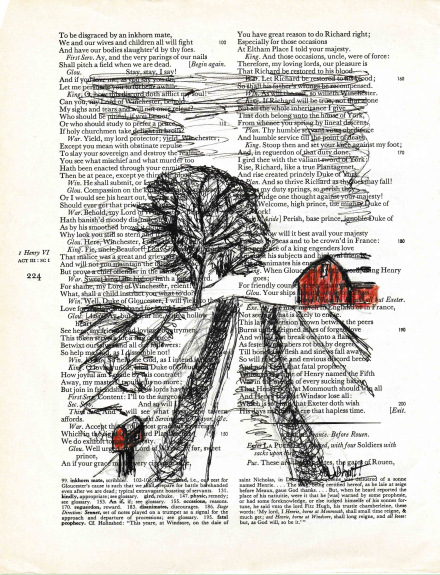Download links for: A Fiery Peace in a Cold War a Fiery Peace in a Cold War


Reviews (see all)
Write review
A thoroughly enjoyable history if the Cold War, the ballistic missile program in particular.
Harry Harris recommended I read this book; it was a good suggestion.
A good book about Nuclear Strategy
great back
Other books by History & Biography
Related articles












